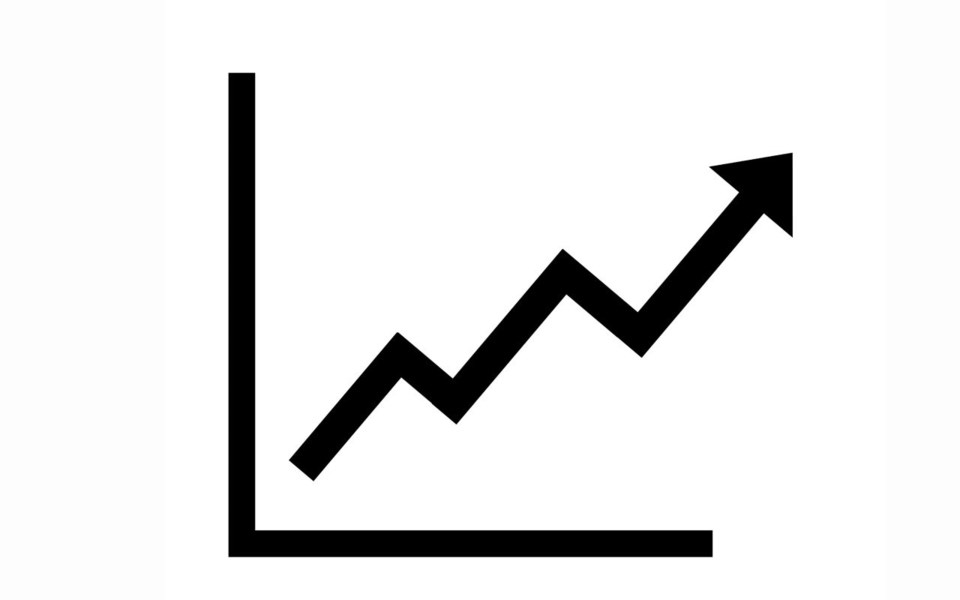The latest Canada Mortgage and Housing Corporation (CMHC) rental market report has shown a sharp increase in rental prices for Squamish, up 16.7 per cent over last year.
While mostly surveying the primary rental market, like privately initiated apartments or townhouses, the CMHC also examined the secondary-rental market, like condominiums in larger metropolitan areas. It currently doesn't have secondary-market research for Squamish or Whistler, but even without those numbers, it's clear which direction rental prices are headed.
"Certainly in Squamish, we saw the change in rent for units that were included both last year and this year in our survey increased by 19 per cent, which is a very strong increase," said Eric Bond, principal market analyst for CMHC Vancouver. "So that speaks to the strong demand that we're seeing for rentals in the Squamish market and more broadly the strong demand for housing. It certainly is growing. There's a lot of pressures on that market."
The CMHC only surveys urban centres with a population of over 10,000, so while Whistler recently cleared that barrier, its unique standing as a rental market leaves it off the report.
"These surveys are exclusively for purpose-built rental units, and not a lot of those really exist in Whistler," said Len Catling, media relations officer at CMHC.
"Generally, they're a privately built, company-owned rental housing that they'll rent out to their employees, or they'll be operated by the housing authority themselves, so they're publicly funded. And then a bulk of their rental properties are condos or homes that are rented out privately. It is a bit unique, because it is a resort municipality which funds housing out of municipal taxes and levies."
The Whistler Housing Authority (WHA) keeps numbers for its local rentals. Its 2017 Business and Financial Plan showed the average rent for tenant households in 2016 was $1,463, noticeably higher than Squamish's rate this year and much lower than market rental in the resort.
The province currently has a vacancy rate on rental properties of 1.3 per cent, but neither Squamish or Whistler is anywhere near that. The WHA projected a vacancy rate of less than 0.5 per cent for 2016 in its rental properties, while the CMHC's numbers show just a vacancy rate of 0.3 per cent for rentals in Squamish. Squamish also has one of the lowest rental property turnover rates in the province, at just nine per cent. WHA reported Whistler's rental turnover as 20 per cent in 2016, though that number is likely lower for market rentals.
Overall, the province saw an increase in rental prices of 5.8 per cent, with the average rent in these buildings settling at $1,164 a month. It's worth noting that Vancouver is the only metro area with rent rates above that average, but due to the size of the market, it drags the entire provincial rate up.
At $1,128 a month, Squamish currently ranks second in average rent of the metro areas included in the report, with the third-highest rent for two-bedroom apartments.
"Among cities its size, the rents in Squamish are quite high, but of course its proximity to Vancouver is influencing that," said Bond.
"People are looking for other options for Metro Vancouver. They look at Squamish and say 'that commute isn't so bad' compared with living in, say some place like Delta, and having a similarly long commute. Driving on the Sea to Sky every day is an option people are considering. And the lifestyle of course, which is nice."
Census data from 2016 showed over 30 per cent of the Squamish population has a commute of over 45 minutes to work. By comparison, less than six per cent of Whistler reported a similar commute. Not all Squamish workers are heading south in the morning though. Some are living there to avoid the higher rents in Whistler.
The entire report can be viewed at https://www.cmhc-schl.gc.ca/en.




